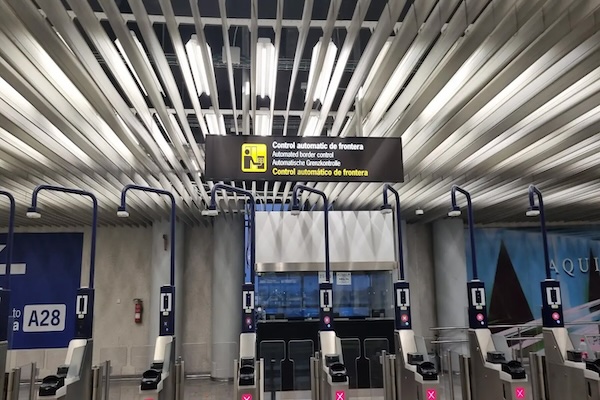Severe weather conditions led to significant disruptions at Palma airport, resulting in a temporary suspension of operations.
The airport implemented emergency protocols as it faced unprecedented rainfall, drastically affecting flights and passenger experiences.
Impact of the Floods on Palma Airport
The recent severe weather conditions in Majorca led to the temporary closure of Palma airport, significantly disrupting flight operations. The airport, among Spain’s largest, was forced to halt the majority of its flights due to relentless rainfall, impacting thousands of travellers. This disruption came as a direct result of the airport’s inability to accommodate flights safely amidst the ongoing deluge.
The rainfall experienced was unprecedented, with figures from AEMET, the state meteorological agency, indicating peaks of up to 90 litres in just one hour. This extraordinary amount of rain overwhelmed the airport’s drainage systems, leading to extensive flooding throughout the facility. Such conditions not only impeded flight operations but also created substantial obstacles for passengers attempting to navigate the airport.
Response and Measures Implemented
In response to the crisis, Palma airport activated its emergency management protocol to address the situation. An extensive plan was put into action to mitigate the impact on operations. Despite these efforts, the challenges remained significant due to the adverse weather conditions. Flights continued to be delayed or cancelled, causing inconvenience to passengers and airlines alike.
The airport issued advisories urging passengers to remain updated with their airlines regarding flight statuses. This recommendation was crucial as the affected infrastructure meant changes could occur rapidly, necessitating real-time communication with stakeholders. Both runways and passenger facilities were heavily impacted, further complicating operations.
Infrastructure Challenges and Passenger Experience
The extensive flooding severely impacted the airport’s infrastructure. Reports indicated water entering the terminal building, disrupting both operations and passenger services. With parts of the runways covered in water, operational capacity was significantly reduced.
Passengers faced numerous challenges, including delayed flights and extended waiting times. The disruption extended to the airport’s parking facilities, with queues stretching considerably as access became more difficult.
The deluge created a myriad of difficulties for both passengers and staff, highlighting the need for robust infrastructure capable of withstanding extreme weather conditions. The airport’s response, while swift, underscored the scale of the challenges faced during such unprecedented events.
Weather Forecast and Future Considerations
AEMET’s forecasts suggested that the adverse weather could persist, potentially leading to further operational disruptions. With more rain expected, the situation demanded continuous monitoring. Ensuring the safety of passengers and the functionality of airport operations remained paramount.
The extraordinary nature of the weather event prompted discussions on the need to bolster airport infrastructure. Measures to enhance drainage systems and improve water management capabilities were among the considerations to ensure resilience against similar future incidents.
Passenger and Airline Communications
Communication between the airport, airlines, and passengers played a crucial role in managing the crisis. Timely updates were necessary to ensure all stakeholders were informed of any changes or disruptions.
Airlines worked closely with the airport to re-route affected flights and accommodate passengers on alternate services. This collaborative approach aimed to minimise inconvenience despite the challenging conditions.
Social media platforms were extensively used to disseminate real-time information. Many passengers took to these channels for updates, appreciating the immediacy and accessibility of information during the disruption.
Resumption of Normal Operations
Flight operations at Palma airport resumed as the immediate threat subsided, allowing a gradual return to normalcy. The airport focused on clearing backlog flights and ensuring that affected travellers reached their destinations.
Teams at the airport coordinated with airline partners to manage the resumed services effectively. This phase included efforts to address the backlog while maintaining a safe and efficient operational environment.
Lessons Learned from the Incident
The incident highlighted critical areas for improvement in airport operations during extreme weather. There is a heightened awareness of the need for robust contingency plans to mitigate similar impacts in the future.
Palma airport’s rapid response and resumption of flights underscore the importance of preparedness in aviation. Addressing infrastructure vulnerabilities remains essential.

